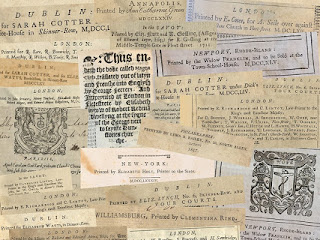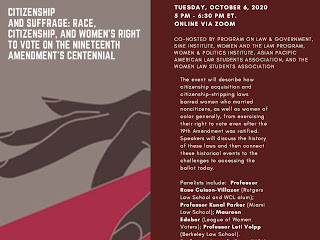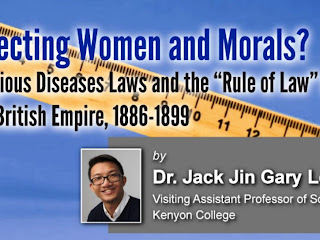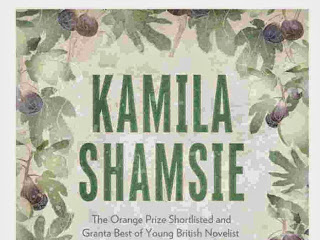Continuing with the theme of women's history, often a-times, I believed that the best way of portraying a situation was through photos and pictures. Better yet through videos too. Below are photos taken from all aspects of history, showcasing women's role in history.
A women's march in Kabul, Afghanistan, in the early 1980s.
Elin Wägner (Swedish writer, journalist, feminist, teacher, ecologist and pacifist) standing next to 351,454 signatures demanding women get the right to vote in Sweden. Photo taken in 1914.
Women Suffragists picketing the White House in 1917
Christian woman of
Zahleh (middle) and two Christian women of
Zgharta, Lebanon - 1873.
Native American women with their children visit the USS Bear, Bering Sea. Circa 1900.
Group of Bedouin women and children in Palestine region, ca.1890s.
A Palestinian women begs for her husband's life as Phalangist militiamen attack La Quarantaine refugee camp. Lebanon circa. 1976.
Canadian Women's Army Corps in 1944 (That smile!).
Women in marksmanship training in America, 1942.
Women's archery 1908 Olympics in London (though I wonder why they're aiming 180 degrees away from the target).
With all the men at the Front, Moscovian women dig anti-tank trenches around Moscow in 1941.
A photo from AP in German-occupied France: A women of the resistance movement, who is a member of a patrol to rout out the Germans snipers still left in areas in Paris, France, on August 29, 1944. The girl had killed two Germans in the Paris Fighting two days previously.
Egyptian Jewish girls celebrate their Bat Mitzvah in Alexandria, Egypt. Photo definitely taken prior to 1967.
Female Irish Republican Army (IRA) members frisk a British man, in Belfast, 1972.
Korean girls playing Nol-Ttwigi (Korean
See-saw) in old Chosŏn, Korea, 1890s.
An Iranian student at a vocational training school for seamstresses studies the theoretical aspects of her work. This is one of the first schools for girls founded by the government in Tehran, 1952.
In the jungles of El Salvador, a young girl with the
left wing FMLN guerrilla movement, starts another day of brutal civil war. Circa 1983

















.jpeg)





